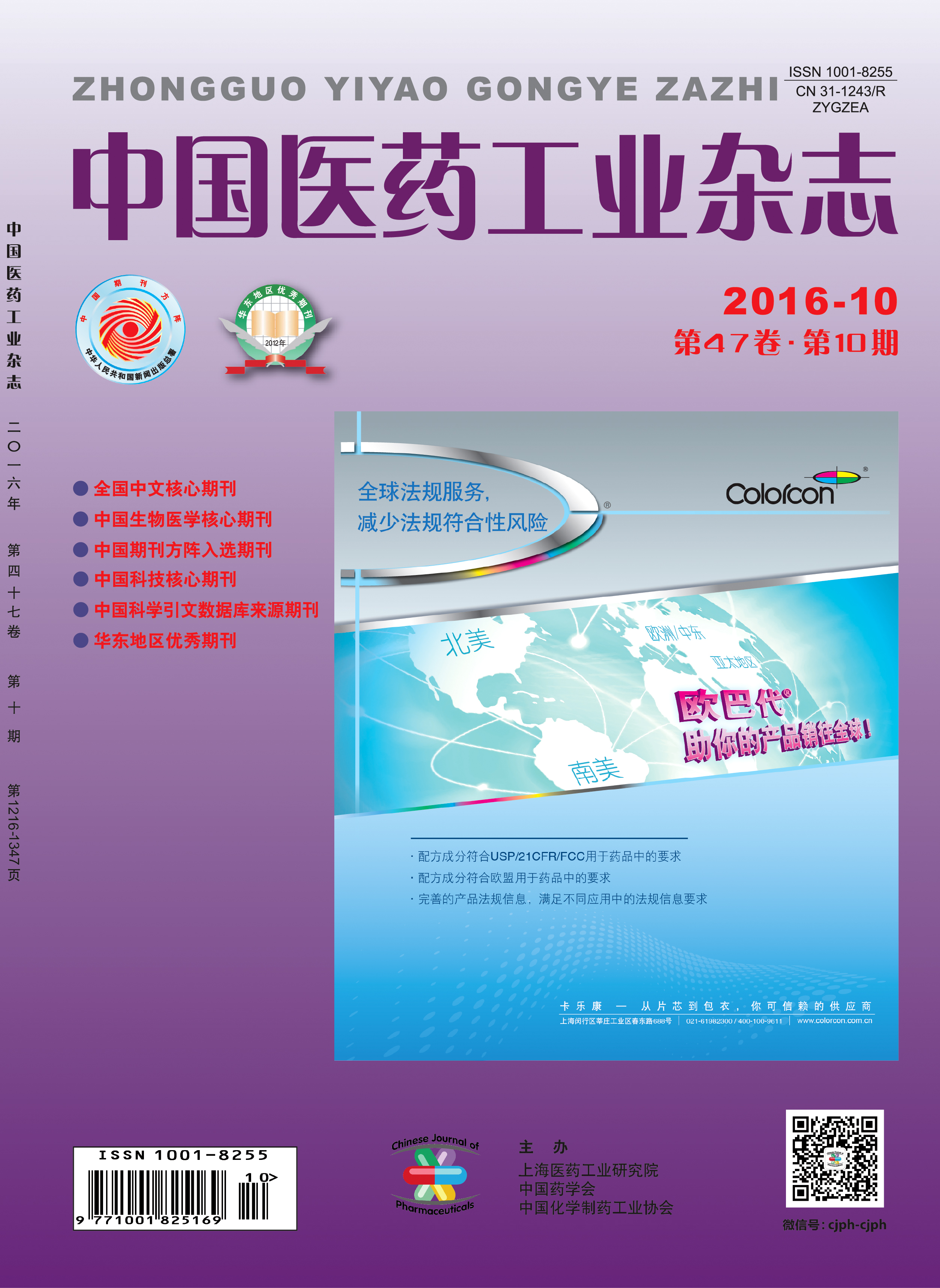LI Feng1, WANG Na2*, ZHANG Shiyu2, ZHENG Lin2
Traditional Chinese medicine dregs generated in the process of Chinese pharmaceutical production, the annual output of up to hundreds of tons. Directly discarded not only pollute the environment but also cause a huge waste. Explore the high value use of traditional Chinese medicine dregs and development of high-value added products has a very high significance and research value. Traditional Chinese medicine dregs contain cellulose, hemicellulose, lignin, fats, proteins and pharmaceutical active ingredients. By extraction, fermentation, roasting, gasification, pyrolysis and other processes, the pharmaceutically active substance, feed, plant culture, construction materials, fuel, etc. could be obtained. Then, they could applied to medicine, animal and plant breeding, energy, chemical industry, environmental protection, and advanced functional materials, in order to achieve the secondary development of waste, resulting in huge
economic benefits.
